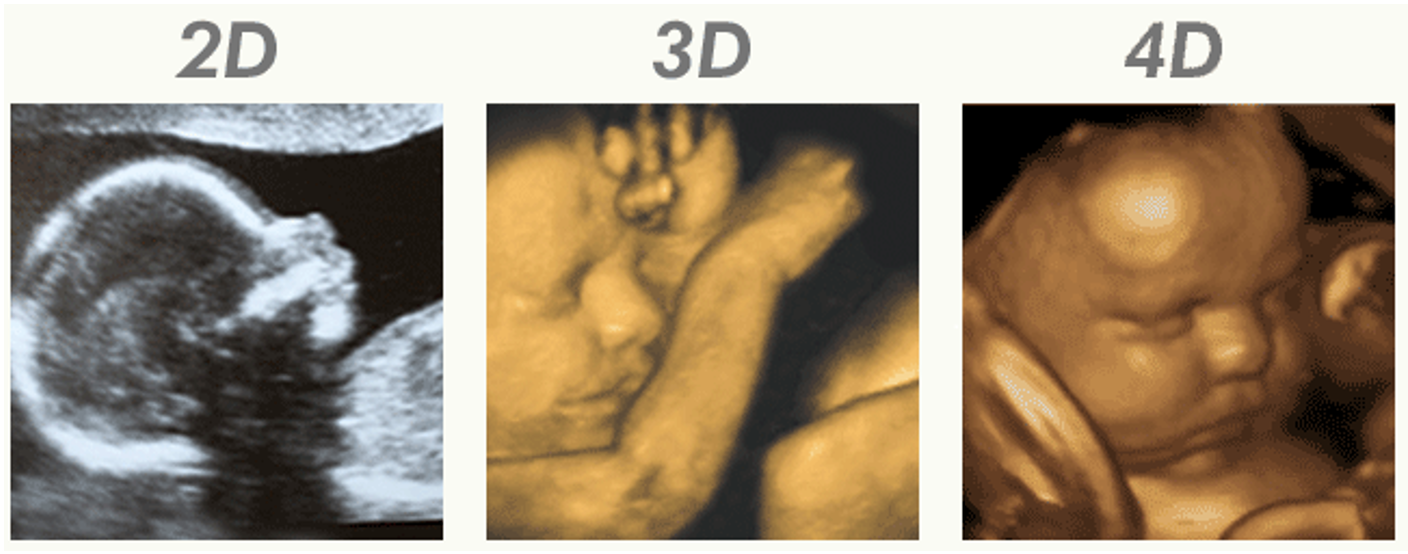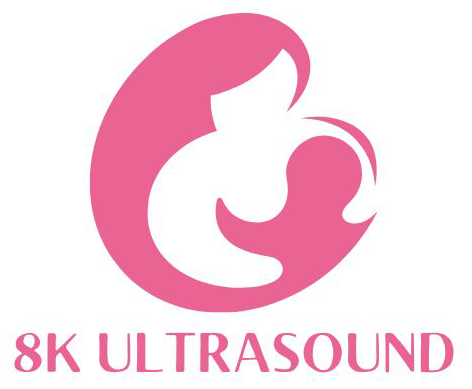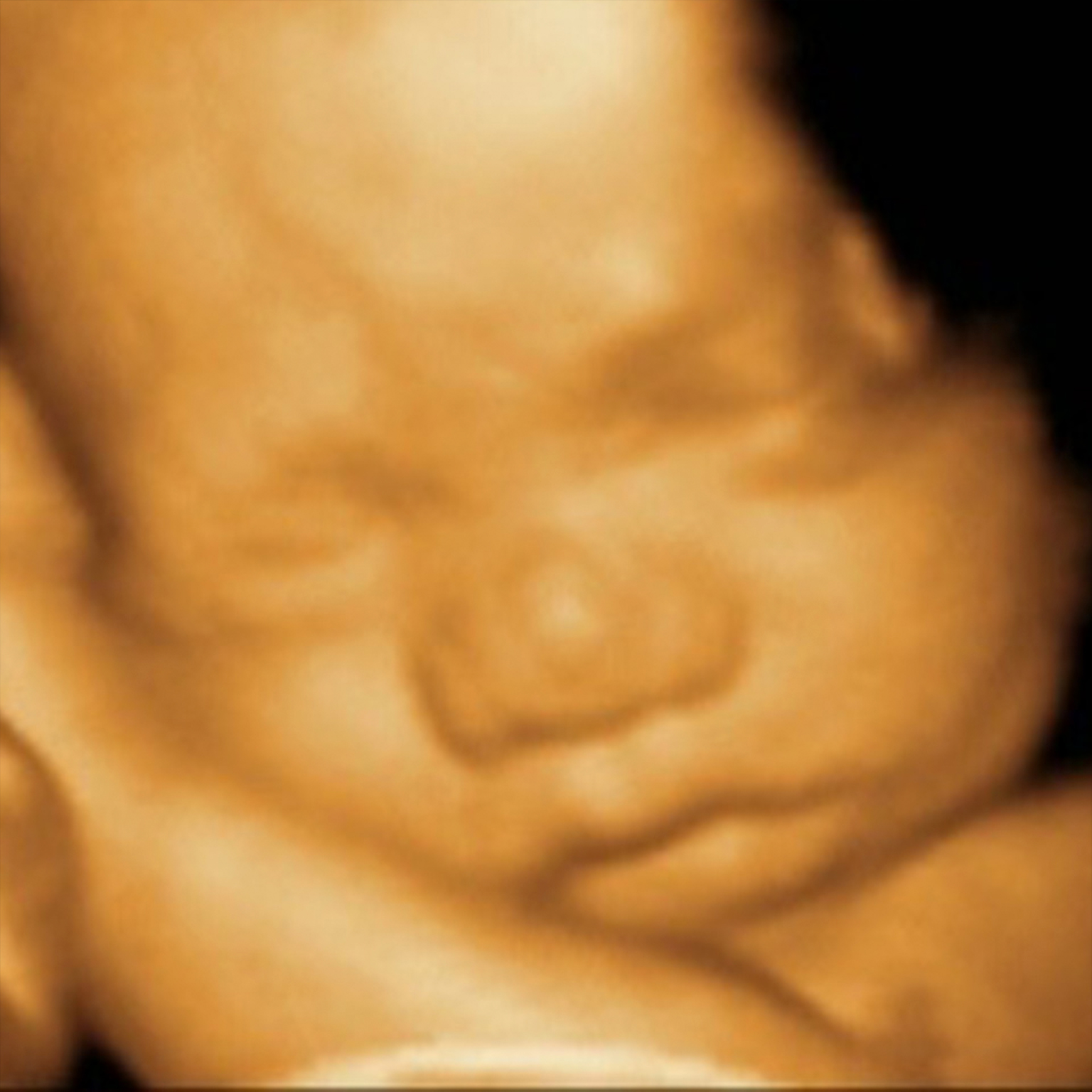8K Image Enhancement: All You Need to Know
Parents should document important events in a child’s life, such as learning to ride a bike or starting kindergarten. Thanks to ultrasound technology, most expectant parents can experience these joyous firsts and milestones long before their babies are born.
Ultrasound technology has advanced to the point that an OB/GYN can identify a baby’s gender and take clear pictures of the baby’s face and actions, such as sucking its thumb. And the most recent of these technological breakthroughs is the 8K ultrasound.
The acceptance and usage of this cutting-edge innovation is through the roof. Exactly why is this the case? Read on to find out.
History of Ultrasound Technological Advancements
Ultrasound technology that eventually became the standard for determining a baby’s gender had its origins as a navigational aid. The first recorded use of ultrasound was in 1794 when an Italian researcher exploring how bats navigated the dark made the discovery, though as sonar. Now, centuries later, it’s hard to imagine a gynecologist or obstetrician working without some type of ultrasound technology.
Ultrasound has made great strides during the last three decades. Even though the first 3D ultrasound equipment appeared in the 1980s, the first 3D image of a fetus wasn’t captured until 1986. 4D ultrasound, which can display motion, first appeared in the latter part of the ’90s.
Clinical researchers have taken advantage of this and other recent technological advancements like real-time imaging, transvaginal sonography, and 3/4D imaging to better investigate and care for patients in a variety of settings, including but not limited to: fetal growth and overall health appraisal; fetal defect screening; premature birth forecasting; ectopic pregnancy detection; detection of ovarian cancer screening, among others. In addition, ultrasound guidance has become standard practice in fetal treatments and in vitro fertilization procedures.
FAQ
A technology behind 8K ultrasound image enhancement yields a more realistic and detailed picture of the fetus in the womb. There is a direct correlation between the number of pixels and the level of detail that can be captured in an image. Resolutions of 8192 by 4320 are possible in the 8K standard, unlike the existing 4K standard, which yields a resolution of just 4096 by 2160 pixels. A larger number of pixels allows for a greater degree of image detail.
The 8K ultrasound image enhancement offers greater quality and a more lifelike depiction of the fetus with 3D rendering techniques, making for a more comforting experience for the expecting parents. That way, moms-to-be can get a high-resolution, lifelike view of their unborn children.
Ultrasound exams range in kind, but they all operate on the same principle. Sonography, which records a picture using sound waves, is used in ultrasounds. (This is why these images are sometimes referred to as sonograms.) Images used for diagnostic or therapeutic purposes often depict an anatomical structure or organ inside the human body.
You’ll need to lie still on a bed or exam table while the technician does the ultrasound. The ultrasound professional applies a specialist gel to your midsection and pelvis. Because of its water content, the gel should be easily rinsed off skin and clothing. The gel improves the transmission of sound waves.
Then, the technician will insert a transducer, like a little wand, on your stomach. They manipulate the transducer so that a high-definition, two-dimensional or three-dimensional image will be captured and displayed on the ultrasound monitor. Alternatively, the technician may choose to measure the on-screen image. The technician next verifies the totality and clarity of the captured photos. The technician then removes the gel, and you can return to your normal routine.
After that, the 3D image will be processed and converted to 8K resolution. Your stunning snapshot will be delivered to you in digital format within 3–5 business days. If you already have a 2D or 3D ultrasound shot, you can have it converted to an incredible 8K image with the help of the experts, even if it was taken at a different facility.
And there’s more. 8K ultrasounds not only give a more accurate depiction of the developing fetus, but they also aid in the diagnosis of anomalies and the monitoring of the fetus’s growth and development.
Since its inception, ultrasound technology has evolved from 2D to 3D, 4D, and now, 8D. How are they different?

- 2D ultrasound
The traditional 2D obstetric ultrasonography displays a 2D, black-and-white image on the screen. The fetus’s cross-sectional view is produced. It is the most effective technique for a skilled sonographer to obtain diagnostic images of your baby.
- 3-D ultrasound
A 3-D ultrasound gives your doctor a more complete picture of your pregnancy by showing the size of your fetus and internal organs in three dimensions. Oftentimes, you’ll be able to make out your child’s fingers, toes, and facial features. 3-D ultrasound can be particularly useful in identifying any possible pregnancy complications.
- 4-D ultrasound
Dynamic 3-D ultrasound is another name for a 4-D ultrasound. A moving footage of the fetus can be captured using a 4-D ultrasound, which is not possible with traditional ultrasounds. It helps capture the child’s expressions and motions more clearly. It has improved highlight and shadow capture as well.
- 8K ultrasound
Ultrasound at 8K resolution provides identical diagnostic performance as 4-D ultrasound but at a significantly higher quality. It’s hard to believe you’re not staring at a real person with the vivid and lifelike images generated.
Most health facilities now offer 8K as a step up from 4-D, so the cost may be slightly more. 8K ultrasound pictures are often offered as an add-on to existing ultrasound packages or as a standalone service. Most facilities charge $30.00 for a single 8k ultrasound photo and $50.00 for a pair. We charge $17.95 for a single 8k enhanced ultrasound photo.
The Bottom Line
8K ultrasounds have replaced 4K ultrasounds as the gold standard in ultrasound imaging due to their many advantages. It provides the most accurate depiction yet of what the future baby will look like to proud parents-to-be.
If you’re thinking about getting an ultrasound done, be sure to find out if your healthcare professional offers 8K resolution. You will discover that it’s worthy of the additional expense!


